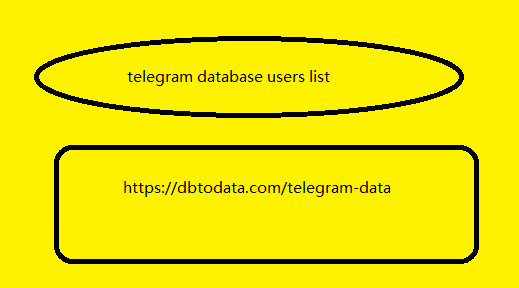VAT invoices are important accounting documents for every business unit. Instead of having to download and back up electronic invoice data to storage devices such as USB, CD, hard drive, users of MISA meInvoice electronic invoice software can completely store the main input invoices on this software.
Table of Contents Hide
1. Inconvenience of self-storing electronic invoices for buyers
2. Instructions for buyers to convert and manage input electronic invoices on MISA meInvoice software
2.1 Transfer input invoices to MISA meInvoice software
2.2 Manage input electronic invoices on MISA meInvoice software
Inconvenience of self-storing electronic invoices for buyers
Storing electronic invoices is guided in Clause 1, Article 11 of Circular 32/2011/TT-BTC as follows:
Sellers and buyers of goods and services using electronic invoices for accounting and financial reporting must store electronic invoices for the period prescribed by the Law on Accounting. In case electronic invoices are generated from the system of an intermediary organization providing electronic invoice solutions, this intermediary organization must also store electronic invoices for the period stated above.
Sellers, buyers, accounting units and intermediary organizations providing electronic invoice solutions are responsible for backing up electronic invoice data to information carriers.
(For example: memory stick (USB flash drive); CD and DVD; external hard drive; internal hard drive)
or perform online backup to protect e-invoice data.
For both the seller and the buyer, when storing electronic invoices, it is necessary to save both PDF and XML files at the same time. In which, the XML file is the file containing the data of the entire invoice, which has legal value when not modified. The PDF file is the version showing the content of that electronic invoice. When the seller issues an korea telegram data electronic invoice, the electronic invoice software system will store it online, which is quite convenient for management and comparison. However, for the buyer, after receiving the purchase invoice, most of them have to apply manual methods:
Download the invoice as a PDF or xml file and save it on your
computer if the customer receives but each industry has its own nuances the invoice via email.
If the buyer does not receive an electronic invoice but line data receives a paper invoice, it is stored the same as a paper invoice.
The disadvantages of these methods are causing many businesses quite a headache.
Easy to miss invoices
Time consuming to load, save, and reconcile
Difficulty in management and search
Risk of lost or missing input invoices
For buyers using MISA meInvoice electronic invoice software, the above inconveniences can be completely overcome with the feature of converting and managing input invoices.
2. Instructions for buyers to convert and manage input electronic invoices on MISA meInvoice software
2.1 Transfer input invoices to MISA meInvoice software
Method 1: Import input invoices
a. Import from lookup code
Note: This case only applies to input invoices issued from the meinvoice system.

